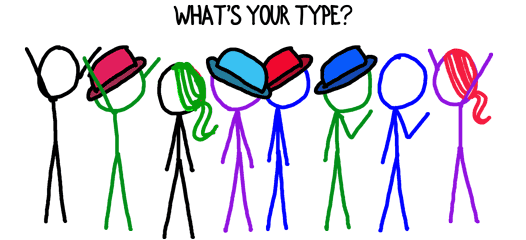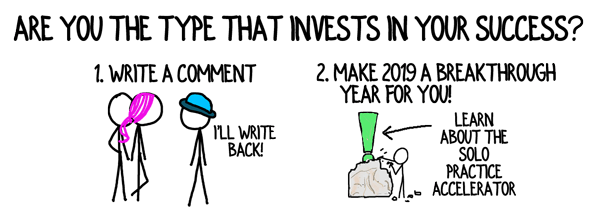Wednesday, January 23, 2019
As consultants, we are masters of a particularly human trait: simplifying. We boil down a confusingly multifarious muddle into orderly, digestible bites. We apply this ability to trends, situations, strategies, opportunities, and virtually everything else. Including people.
Yep, we will happily reduce incomprehensible complexity (which pretty much describes humanity) into a handful of characteristics (which pretty much describes tiddlywinks pieces).
This makes sense, of course. You don’t want to address your English-speaking clients in Korean, serve pastrami sandwiches to vegan prospects, or invite a supremely introverted decision-maker out to the disco.
To help you categorize, you may turn to popular psychometric schemes such as DISC, Hermman Brain Dominance, Meyers-Briggs, and Kolbe, just to name a few.
Knowing your consulting client’s “type." allows you to interpret his silence as satisfied agreement or frustrated disapproval. It directs the depth and content of your analyses, the style and substance of your presentations, and the frequency and tenor of your conversations.
There are countless ways to sort your clients, all of them correct.

Mini-contest: Count all the ways the 8 figures above can be divided into “types." based on observable characteristics. Type your answer in the comments and we’ll see how your pattern-recognition skills are faring.
On the other hand, all of these simplifications dehumanize other people a bit. You stop looking at the individual and, instead, look at the type then refer to your checklist for “dealing with this type of person.."
Classifying your client, Lenny Mallobar as a “Linear." absolutely helps you craft your communication to him; however, there’s a risk of overly focusing on Lenny the Linear and losing touch with Lenny the individual.
Individuals are more varied and inconsistent than types. Lenny may pay attention to details and the big picture. Egads! He will probably think, feel and act distinctly differently depending on who he’s with, what’s happened in his world recently and myriad other factors.
Instead of sorting consulting clients into a handful of types based on either-or dimensions, consider using a variety of characteristics to help you grasp the essence of each unique man or woman.
7 Useful Personality Markers For Understanding Consulting Clients
The seven markers below allow you to tailor your communication style and react appropriately to other people without losing sight of the individuals.
To what degree does your client…
- Focus on the details, the big picture, plans, and/or results?
- Exhibit a strong preference for being in control, controlled, and/or consulted?
- Desire information that’s in-depth, summarized, and/or bullet-point?
- Take on risk, mitigate risk, and/or pursue safe alternatives?
- Seek solitude, small teams, or large groups?
- Decide based on logic, emotion, principles, and/or impact on people?
- Prefer visual, verbal, and/or numerical explanations?
I encourage you to to assess other personality traits too, and I’d like to hear about your favorites in the comments section.
For each person, let the most dominant, helpful traits emerge, without regard to rigid structures, models, or philosophies.
Is there a right way to divide consulting clients into distinct types? I don’t think so. But, I’d like to hear what you think.
Do you use types? If so, what do you use and how do you find them useful?

Text and images are © 2019 David A. Fields, all rights reserved.